April 08, 2024
Increasing Solid State Drive Reliability with Intelligent Data Protection
Solid-state drives bring inherently high reliability to applications from entry-level consumer equipment to mission-critical systems. Proper data protection mechanisms can maximise the lifetime of the drive by taking preventative measures when needed and anticipate causes of data loss such as excessive access behaviour, overtemperature, power instability, and malicious attacks.
SSD Reliability
Solid-state drives (SSDs) provide high-performing and compact mass storage for embedded computing applications that make today's digital lifestyles possible. They are found in equipment such as car computing and navigation systems, thin clients, point-of-sale terminals, multifunction printers, telecommunications equipment, factory automation tools, and server systems of all types and sizes from small data centres to cloud level.
The typical SSD lifetime is heavily dependent on the NAND Flash technology used. QLC (quad-level cell) and TLC (triple-level cell) NAND have a lifetime between 1,000 to 3,000 program/erase cycles per cell, while the expected lifetime for MLC (multi-level cell) is 3,000 to 10,000 cycles. SLC (single-level cell) NAND has the longest lifetime, up to 100,000 cycles. These known limitations help system designers choose the optimum SSD technology for their application, depending on the required endurance, price, and mission criticality. TLC NAND, with the lowest endurance, typically comes at a lower price than the others and is usually sought for use in cost-conscious consumer products.
Although the typical lifetime range for any given technology can be predicted, the actual lifetime of any given drive cannot be known. Unexpected failure can cause data loss, system downtime, and repair costs. The consequences can range from inconvenient to catastrophic. System designers need tools that can help avoid these problems by managing and protecting the SSD to maximise its lifetime and taking preventative measures before any drive failure occurs.
A failing SSD can significantly degrade system performance. Slow read/write speeds, increased access times, and frequent error handling can lead to a sluggish response and decreased overall system efficiency.
After failure, recovery and repair can involve replacing the faulty SSD, restoring data from backups, and reconfiguring the system, all of which can be time-consuming and result in additional costs. Professional assistance may be needed to diagnose and resolve the issue. In some cases, the entire embedded system might need to be replaced if the SSD failure cannot be easily rectified.
To mitigate the consequences of SSD failure, it is essential to have proper backup strategies, redundancy measures, and monitoring systems in place.
Silicon Motion Intelligent Data Protection Series
Among the tools available for managing SSDs safely and securely, built-in data protection mechanisms can both prevent and mitigate expected lifetime-based failures. Additionally, they can provide protection against hazards such as prolong time duration, excessive read access, cross temperature, overtemperature, power instability, hacking, and all of which can shorten the life of the drive.
FerriSSDs come with a set of intelligent data protection mechanisms that meet the storage needs of different application systems and can be effectively activated in various environments where data loss may occur.
 IntelligentLog™ Automotive/Server Smart Telemetry w/AER
IntelligentLog™ Automotive/Server Smart Telemetry w/AER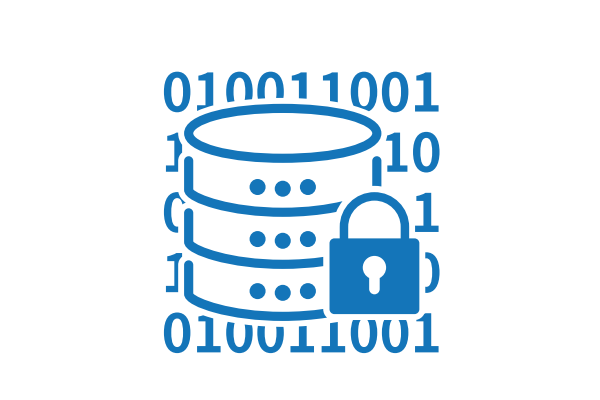 IntelligentGuard™ Data Encryption w/ Authenticated Firmware Protection
IntelligentGuard™ Data Encryption w/ Authenticated Firmware Protection IntelligentThermal™ HCTM vs DCTM Thermal Management
IntelligentThermal™ HCTM vs DCTM Thermal Management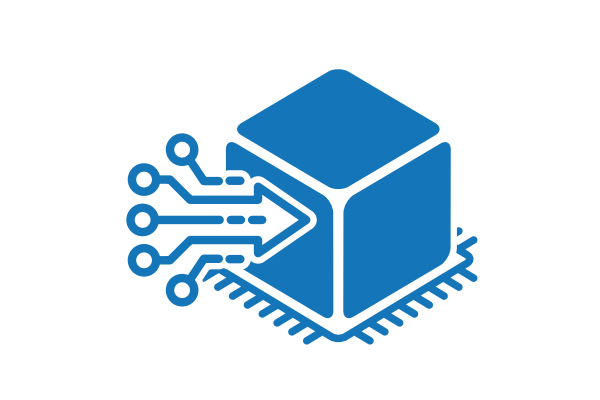 IntelligentFlush™ Flush Cache for fast burst write (EDR application)
IntelligentFlush™ Flush Cache for fast burst write (EDR application)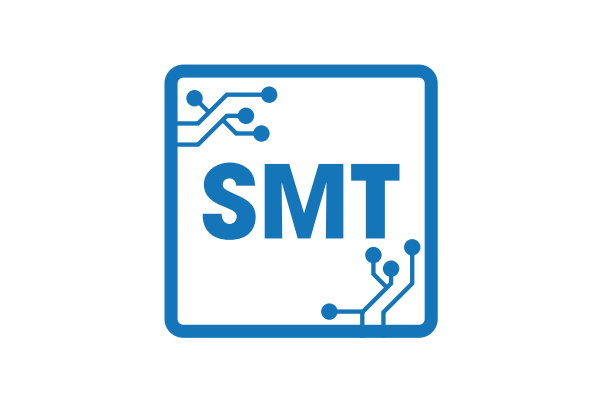 IntelligentImage™ Image content Preload for SMT Reflow
IntelligentImage™ Image content Preload for SMT Reflow IntelligentZones™ Hidden/Public partitions: SRIOV, NS, VU, etc.
IntelligentZones™ Hidden/Public partitions: SRIOV, NS, VU, etc. IntelligentScan™ Proactive Self Scan w/ DataRefresh for Data Preservation
IntelligentScan™ Proactive Self Scan w/ DataRefresh for Data Preservation IntelligentShield™ Protection against Power Interrupt
IntelligentShield™ Protection against Power InterruptThese mechanisms include IntelligentLog™, which comprehensively records the health status of the SSD to let system developers understand its current condition and take appropriate measures. When the SSD approaches its usage limit, it is possible to proactively inform host of any potential danger, in terms of read and write cycles, data migration is initiated to ensure data integrity and prevent any loss. It also records major event logs for faster and more efficient debugging. In addition, IntelligentScan™ performs automatic scanning and repairs, ensuring that data stored in the secure area can be read and written correctly. It increases the duration of data storage and extends the lifespan of the SSD (see figure 1).
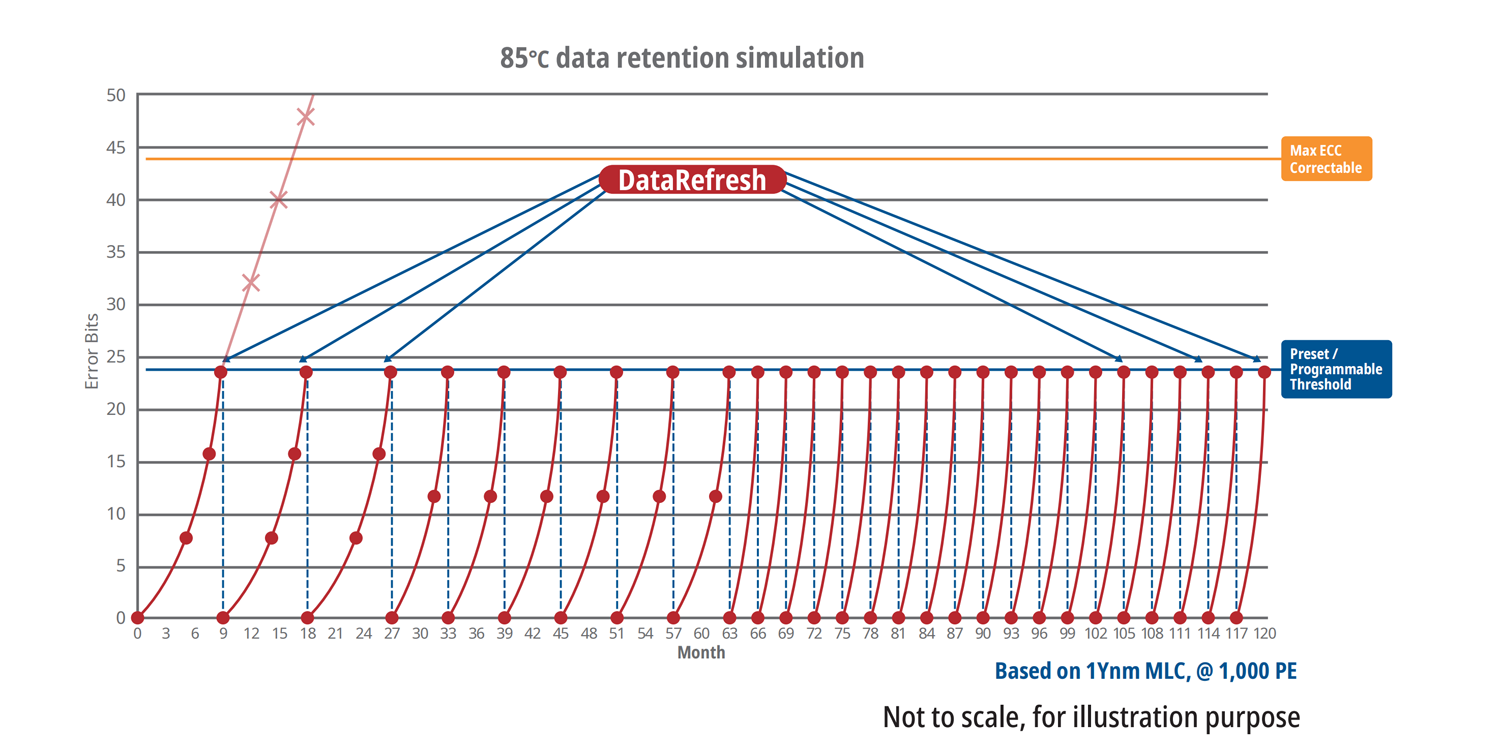
Figure 1: IntelligentScan & DataRefresh functions can detect high-risk factors before the data is lost.
Overtemperature Protection
Exposure to high temperatures can present a number of hazards to SSDs, including accelerating the degradation of the NAND flash memory cells which, over time, can shorten the lifespan of the drive. Excessive heat can also affect the integrity of the stored data and increase the risk of read or write errors. Performance degradation can also occur, including slower access times, decreased transfer rates, and latency issues, resulting in decreased overall system performance and responsiveness.
To prevent such problems, FerriSSD IntelligentThermal™ monitors the drive's temperature and activates cooling mechanisms if a certain threshold is exceeded. It effectively chooses between host-controlled thermal management (HCTM) and drive-controlled thermal management (DCTM) to control temperature and prevent SSD damage in high-temperature conditions.
Power Loss
Power loss can affect data protection in several ways. If power is suddenly lost during a write operation, the SSD may not have enough time to complete the data writing process. This can result in partially written data or metadata inconsistencies, causing the stored information to be corrupted or inaccessible. Also, power loss during remapping processes such as wear levelling, which is performed regularly to distribute write operations across memory cells evenly, can lead to data mapping errors or incorrect tracking of data locations. This can cause data loss or fragmentation, affecting the overall reliability and accessibility of the stored data.
In addition, data temporarily stored in cache can be lost if a power outage occurs before the cached data is written into the main storage, resulting in data inconsistencies or file system corruption. Also, power loss can interrupt the updating or synchronization of metadata used for organising and managing the stored data, leading to corruption or inconsistencies that can cause issues during boot-up or result in the loss of file system integrity.
To protect against power disruptions, FerriSSD IntelligentShield™ ensures that all data being transmitted is securely stored in a designated safe area, preventing data loss caused by power outages. The drive initiates this mechanism as soon as instability in the power supply is detected and also activates FerriSSD's IntelligentFlush™. This enables instant data migration at a consistent speed, allowing data to be swiftly moved to a secure storage block (see figure 2).
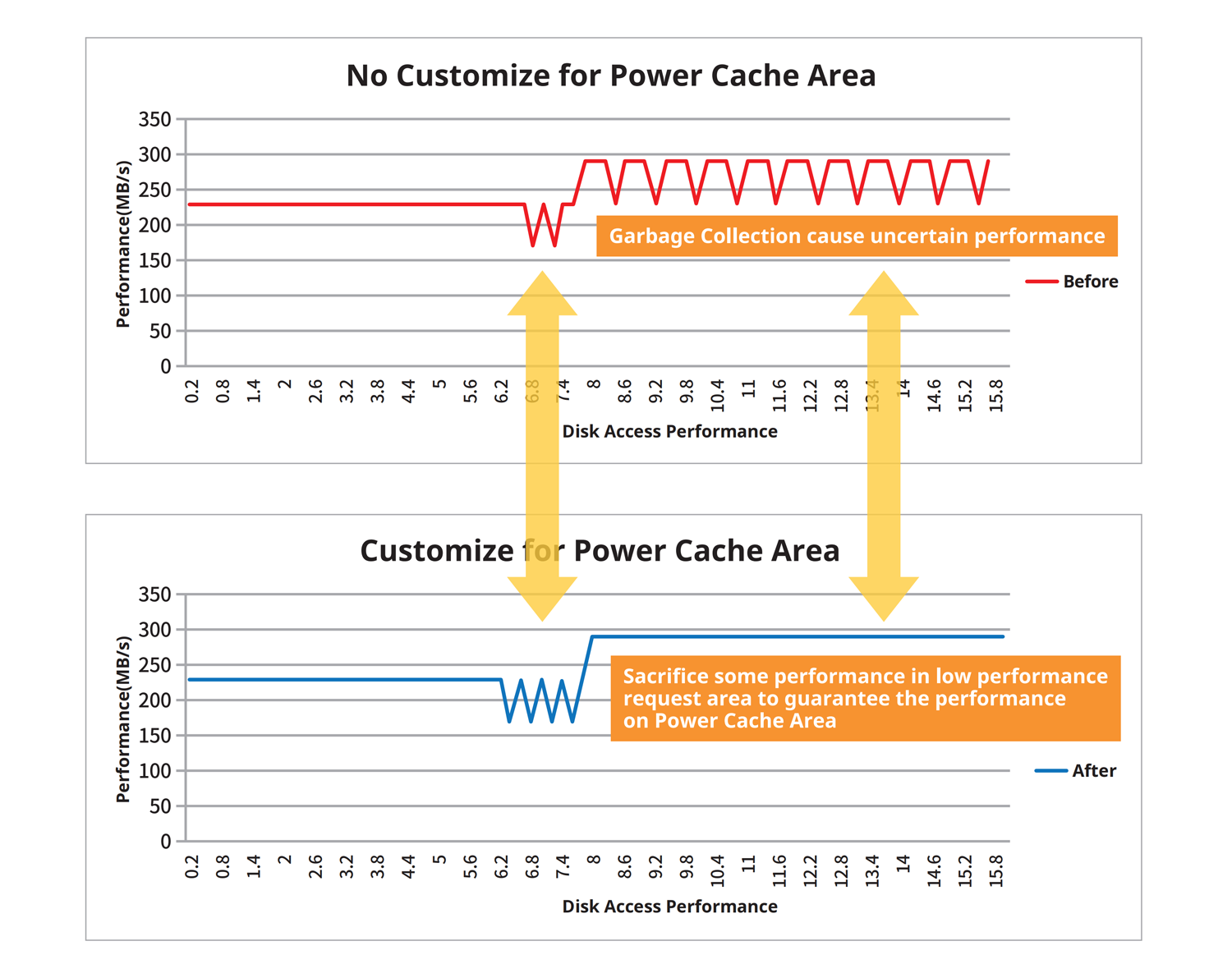
Figure 2: IntelligentFlush™ enables instant data migration at a consistent speed, allowing data to be swiftly moved to a secure storage block.
Completing Protection for Drives
The data protection features also include preventing hacker attacks that could compromise the SSD's management functionality. Because all data transmission and protection mechanisms within the SSD are managed by the firmware, safeguarding these against attacks is critical. Ferri's IntelligentGuard™ technology achieves this by enhancing authentication and protection mechanisms of the SSD's firmware (see figure 3).
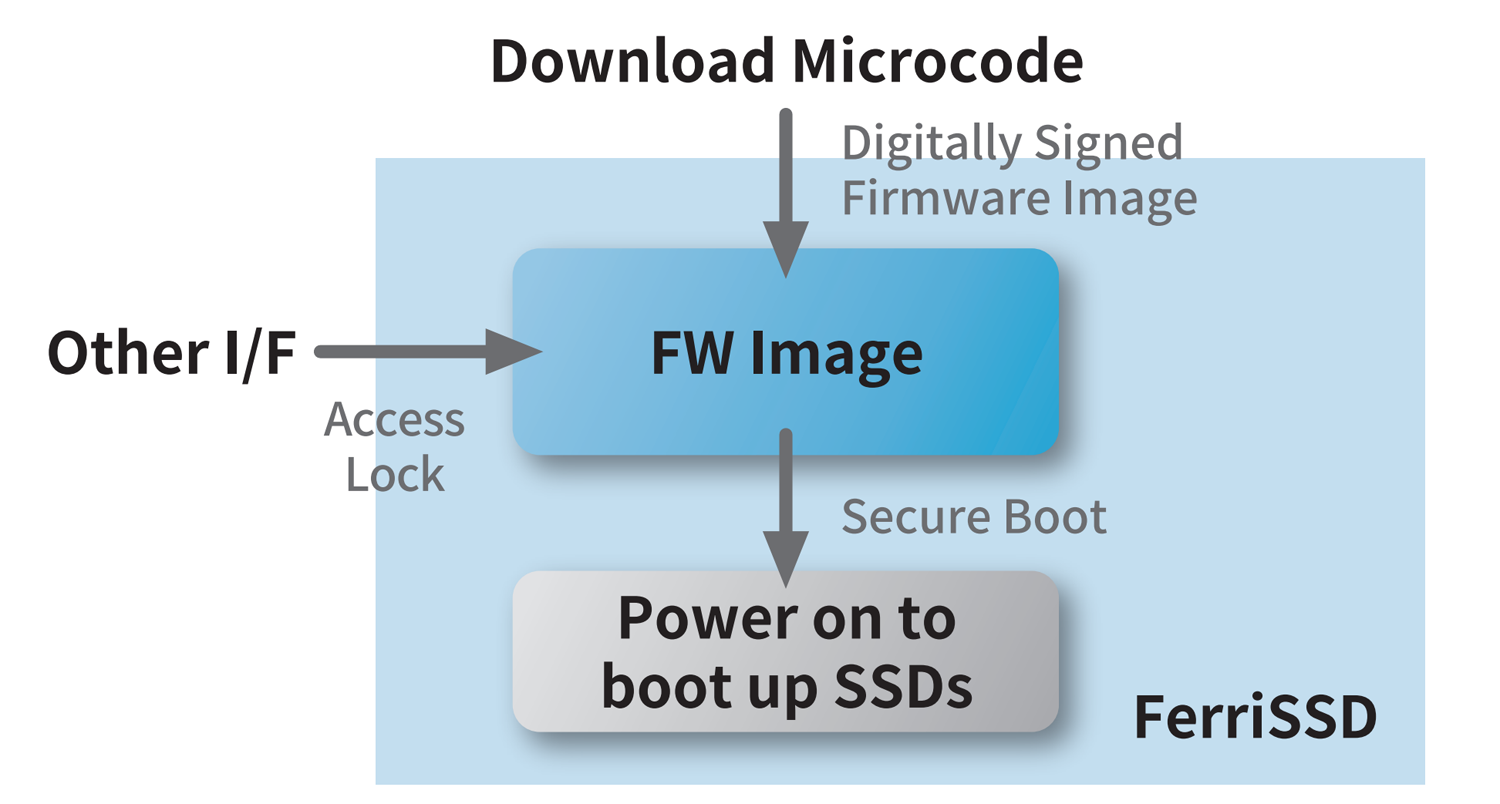
Figure 3: IntelligentGuard™ technology maintains boot security by enhancing authentication and protection mechanisms of the SSD's firmware.
Additional features include IntelligentImage™, a preloading mechanism for embedded systems that allows data to be loaded onto a safe block prior to surface-mount assembly. This protects the data against manufacturing hazards such as damage by high reflow soldering temperatures and significantly enhances production line efficiency. Finally, IntelligentZones™ supports a multi-Name Space design, allowing the SSD to be tailored according to the requirements of different system designers. The SSD is divided into different storage blocks, and data is placed in the appropriate block based on the design. This ensures data integrity as well as effective utilization of SSD capacity, thereby maximizing economic benefits.
Conclusion
Intelligent data protection series provide an effective solution to data loss in various environments and ensure the safekeeping of all data stored on the drive. With these advanced protective measures in place, users can prolong the life of their drives and ensure their data is secure at all times.